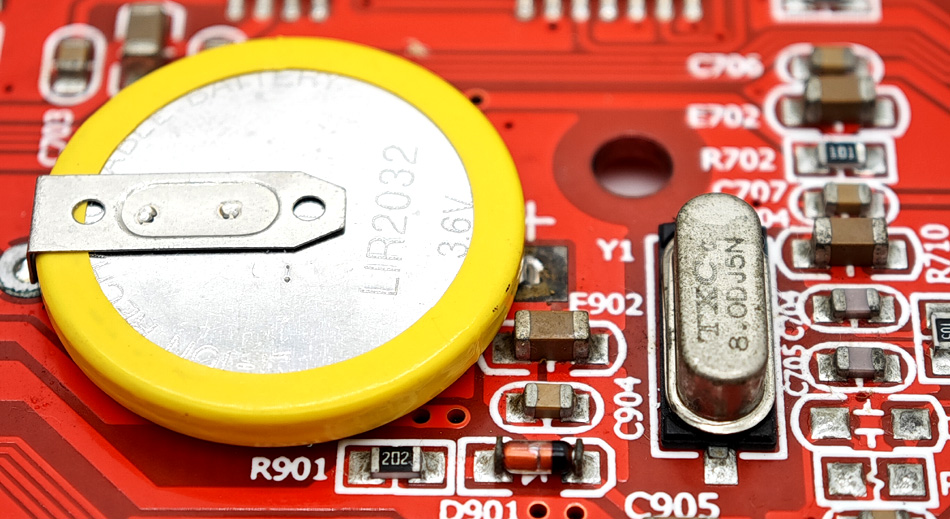- English
- Español
- Português
- русский
- Français
- 日本語
- Deutsch
- tiếng Việt
- Italiano
- Nederlands
- ภาษาไทย
- Polski
- 한국어
- Svenska
- magyar
- Malay
- বাংলা ভাষার
- Dansk
- Suomi
- हिन्दी
- Pilipino
- Türkçe
- Gaeilge
- العربية
- Indonesia
- Norsk
- تمل
- český
- ελληνικά
- український
- Javanese
- فارسی
- தமிழ்
- తెలుగు
- नेपाली
- Burmese
- български
- ລາວ
- Latine
- Қазақша
- Euskal
- Azərbaycan
- Slovenský jazyk
- Македонски
- Lietuvos
- Eesti Keel
- Română
- Slovenski
- मराठी
- Srpski језик
Application and Prospect of Biocompatible Materials in PCBA Processing
2025-03-28
In the manufacturing process of electronic products, PCBA (Printed Circuit Board Assembly) processing is one of the key links. With the development of technology and changes in market demand, the application of biocompatible materials in PCBA processing has attracted more and more attention. Biocompatible materials can not only improve the performance of electronic products, but also have important applications in fields such as medical devices and wearable devices. This article will explore the application and prospects of biocompatible materials in PCBA processing.

I. Overview of Biocompatible Materials
1. Definition of Biocompatible Materials
Biocompatible materials refer to materials that do not cause immune reactions, allergies or other adverse reactions when in contact with biological tissues or body fluids. These materials are crucial in the medical field, wearable devices, and other applications that require direct contact with organisms. Biocompatible materials usually have excellent mechanical properties, chemical stability, and bioadaptability.
2. Types of Biocompatible Materials
Biocompatible materials include metals, ceramics, polymers, and many other types. Among them, common biocompatible metals include titanium alloys and stainless steel; biocompatible ceramics include alumina and silicon nitride; biocompatible polymers include polylactic acid (PLA), polyurethane (PU), etc. These materials have their own advantages and can meet the needs of different application scenarios.
II. Application of biocompatible materials in PCBA processing
1. Medical electronic equipment
In medical electronic equipment, PCBA processing requires the use of biocompatible materials to ensure the safety and reliability of the equipment when it comes into contact with the organism. For example, pacemakers, implantable sensors, and medical monitoring equipment all require the use of biocompatible materials in circuit boards. These materials can effectively prevent the reaction between the equipment and body fluids, reduce the risk of infection, and improve the comfort and safety of patients.
2. Wearable devices
With the popularity of wearable devices, such as smart watches and health monitoring bands, the application of biocompatible materials in PCBA processing has become increasingly important. These devices usually need to come into direct contact with the skin, so the use of biocompatible materials in circuit board manufacturing can prevent allergic reactions and skin irritation and improve user experience.
3. Environmental monitoring and safety
In the field of environmental monitoring and safety, biocompatible materials are also beginning to play a role. For example, sensors used to detect air quality or water quality need to use biocompatible materials to ensure the long-term stability and accuracy of the equipment. The use of biocompatible materials in these applications helps to improve the durability and reliability of sensors.
III. Challenges and prospects of biocompatible materials
1. Material cost
The cost of biocompatible materials is generally high, which poses a challenge to the economic feasibility of PCBA processing companies. In order to reduce costs, companies can reduce expenses by optimizing production processes, improving material utilization, and seeking alternative materials. In addition, with the advancement of technology and the increase in market demand, the production cost of biocompatible materials is expected to gradually decrease.
2. Material properties
Although biocompatible materials perform well in terms of safety, their mechanical properties and processing properties may not be as good as traditional materials. To overcome this challenge, companies need to optimize and improve materials to improve their mechanical strength, heat resistance and stability. In addition, the development of new biocompatible materials is also one of the ways to solve this problem.
3. Certification and standards
The application of biocompatible materials in medical devices and wearable devices needs to follow strict certification and standards. Enterprises need to ensure that materials meet relevant biocompatibility testing and certification requirements to meet market and regulatory requirements. Understanding and complying with these standards will help companies maintain compliance in product design and production.
IV. Future development trends
1. Technological innovation
With the continuous development of technology, the performance and application range of biocompatible materials will be further improved. The research and development of new biocompatible materials will bring more possibilities and choices for PCBA processing. In addition, advanced production processes and technologies will also promote the application of biocompatible materials in a wider range of fields.
2. Market demand growth
With the rapid growth of the medical health and wearable device markets, the demand for biocompatible materials will continue to increase. Enterprises need to pay attention to market trends and adjust product strategies and R&D directions in a timely manner to meet changing market needs.
3. Environmental protection and sustainable development
In the future, the research and development of biocompatible materials will also focus on environmental protection and sustainable development. The emergence of environmentally friendly biocompatible materials will help reduce environmental impact and promote green manufacturing and sustainable development.
Conclusion
The application of biocompatible materials in PCBA processing has important practical significance and broad prospects. Through the application in medical electronic equipment, wearable devices and environmental monitoring, biocompatible materials can improve the safety, comfort and reliability of products. Despite the challenges of material cost, performance and certification, with the growth of technological innovation and market demand, the application prospects of biocompatible materials in PCBA processing will become more and more broad. Enterprises should pay attention to these development trends, actively promote material research and development and application, and contribute to the development of the industry.
-
Delivery Service






-
Payment Options









